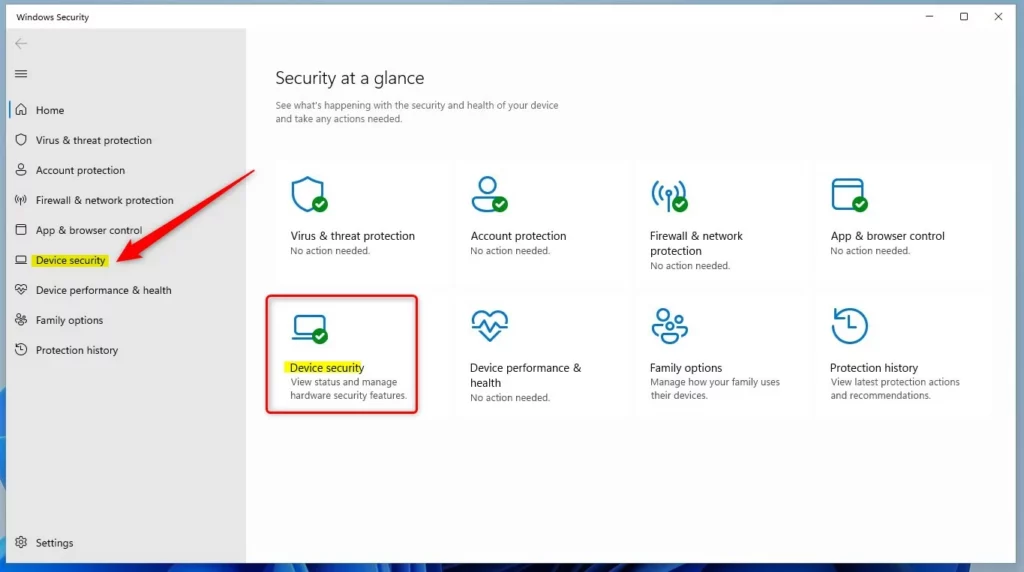This article explains how to run the Trusted Platform Module (TPM) Troubleshooter in Windows 11.
TPM technology is designed to provide hardware-based, security-related functions. A TPM chip is a secure cryptoprocessor that helps you generate, store, and limit the use of cryptographic keys.
If your device has a TPM chip and isn’t working properly, you may need to troubleshoot and fix the problem.
Starting on Windows 11 build 25905, the Windows Security app has a TPM Troubleshooter feature under the “Security processor troubleshooting” page, which may help troubleshoot different problems with your device’s TPM security module.
The Windows Security app also provides relevant error messages about your security processor and messages to help you troubleshoot it.
Run TPM Troubleshooter in the Windows Security app
As mentioned above, starting with the latest Windows 11 Dev builds, a new TPM troubleshooter feature is added to the Windows Security app.
Here’s how to access it and run TPM troubleshooter to fix common TPM module issues in Windows 11.
First, open the Windows Security app.
You can do that by clicking on the Start menu and searching for “Windows Security.” Then, under Best match, click on the Windows Security app.

In the Windows Security app, on the “Security at a glance page,” click the Device security link on the left or the icon on the screen.

Next, click the Security processor details link under Security processor.

On the Security processor details page, select the Security processor troubleshooting link to open the troubleshooter page.

On the page, you will find three sections: “Error messages,” “TPM Troubleshooter,” and “Clear TPM.”
Click the Run button under TPM Troubleshooter to find and fix problems with your TPM.

Below are some messages you may see when your device’s TPM module isn’t working properly.
- A firmware update is needed for your security processor (TPM).
- TPM is disabled and requires attention.
- TPM storage is not available. Please clear your TPM.
- Device health attestation isn’t available. Please clear your TPM.
- Device health attestation isn’t supported on this device.
- Your TPM isn’t compatible with your firmware and may not work properly.
- TPM measured boot log is missing. Try restarting your device.
- There is a problem with your TPM. Try restarting your device.
If the Troubleshooter can’t fix the problem, you may want to select Clear TPM to reset your security processor to its default settings.
Make sure to back up your data before you clear the TPM.
That should do it!
Reference:
Security Processor troubleshooting
Conclusion:
- The TPM Troubleshooter feature in Windows 11’s Windows Security app provides a user-friendly way to diagnose and fix issues with the TPM module, ensuring the security and functionality of your device.
- Following the steps outlined in this article, users can easily access and utilize the TPM Troubleshooter to address common problems with their TPM security processor.
- For more information and troubleshooting guidance, refer to the official Microsoft support page on Security Processor troubleshooting.
- We hope this guide has helped address any TPM-related issues on your Windows 11 device. If you have any further insights to share or encounter any difficulties, please leave a comment for assistance.

Leave a Reply Cancel reply